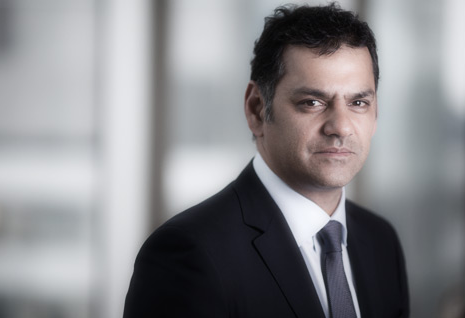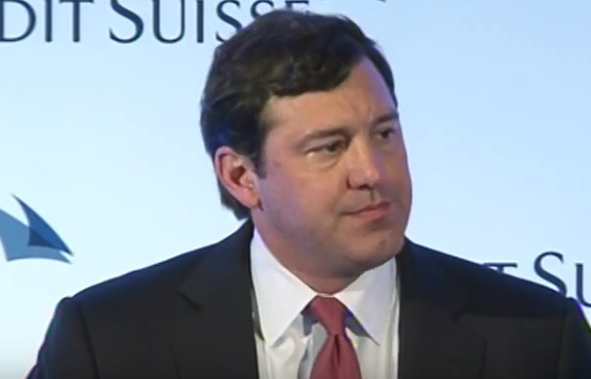Is the Turnaround of China’s Economy Real?
| For Fórmate a Fondo | 0 Comentarios

Despite strong concerns at the start of the year, at Pioneer Investments, they believe that overall economic conditions are stabilizing, backed by a more aggressive policy stance, better fiscal supports, recovery of the real estate sector and credit growth, while consumers and the private sector have remained relatively resilient. Tail risks of a hard-landing in the near term are easing meaningfully.
Policy stance: 6.5% GDP Growth is the Floor
Following China’s annual National People’s Congress meeting (NPC) in March, policymakers sent relatively strong messages regarding their stance this year, which is likely biased towards the easing side.
The GDP growth target for the year was announced as the 6.5-7.0% range. According to Monica Defend, Head of Global Asset Allocation Research with Pioneer, the floor of 6.5% is probably a harder target than others. In other words, if growth risked breaching the 6.5% floor, policy support would turn stronger than planned, while support could ease if growth reached 7.0%.
Better Fiscal Support
“China’s overall fiscal and quasi-fiscal position is complicated, including the budget deficit, out-of-budget funds to local governments, net revenues from land sales, and changes of fiscal deposits in PBOC accounts,” says Defend.
The latest information allows us to have a more complete picture of the underlying fiscal & quasi-fiscal position, and suggests that fiscal policy is becoming more supportive and perhaps more effective.
The overall fiscal stance, including all budgetary and quasi-fiscal measures, became less supportive or even tightened beginning in late 2014 and through most of 2015, largely due to strengthening of regulations on local government out-of-budget financing and weak land sales. Defend believes that the increase of central government spending was not sufficient to offset such weakness. But this seems to have changed since late 2015. And so she estimates that the overall fiscal and quasi-fiscal deficit will rise by around 1.5% of GDP in 2016 vs 2015. This is mainly due to:
- The fiscal deficit has increased since late 2015 and the plan is for it to continue to rise.
- Land sales are likely to at least stop acting as a drag in 2016, with further positive signs in real estate markets.
- The creation of Special Construction Funds (SCFs) in late 2015, which policy banks use to inject capital into specific projects, mainly infrastructure-related. This new quasi-fiscal channel appears, relative to traditional out-of-budget local government borrowing, easier to regulate and manage, and thus more flexible and efficient.
Positive Signs in Real Estate
Easing of policy over the past year or so appears to have stabilized the real estate sector, with a visible rebound early this year. Relatively strong sales have been pushing acceleration of existing projects and new starts have finally picked up.
Although property activity is still fairly weak for the country as a whole and price increases have been subdued, momentum in some large cities has been relatively strong. This has triggered a recent tightening of property purchase policy in a few large cities. But this is largely designed to prevent potential price bubbles in individual regions, rather than reflecting a reversal of a generally supportive policy stance.
“The latest data suggest that sales in Tier 1 cities have cooled somewhat, while overall sales have been relatively stable. While we expect only stabilization or a moderate recovery for the whole year, this scenario should be relatively sustainable.”
Conclusions
“Despite strong concerns about China’s economy at the start of the year, there is increasing evidence suggesting that the underlying situation has been stabilizing, with tail risks easing. This is buying more time for China to push structural reforms. We are conscious that the process is still long and not straightforward. A failure in reform implementation would add to medium-term risks. So far, we believe that the reforms are progressing nicely and that the transition of China toward a more balanced economic model is underway. For this reason, we are moderately positive on China, that is one of our favorite countries among emerging market universe,” she concludes.
To read Defend’s complete macroeconomic update, follow this link.






